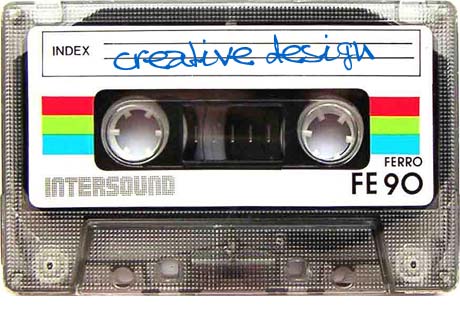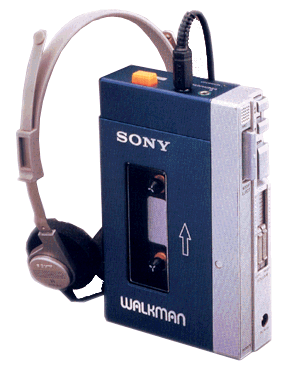I've decided to compare cell phones today to cell phones when they were new technology. Through this I hope the reader will achieve an understanding of the progression of cell phones since 1973.
Background
1. When was the first cell phone invented? History on the first cell phone or first types of cell phones.
 |
| The Motorola DynaTAC 8000X |
1973. The first call was made by Cooper that year. However, the cellphones were not unveiled until 1983 and did not hit the market until 1984. Cooper's goal was to have people be able to carry their phone around wherever they went. The first phone was a
Motorola DynaTAC 8000X. It was
9 X 5 X 1.75 inches. It weighed
2.5 pounds. It had
no display screen and looked similiar to a cordless phone today but much bigger. You could on
talk it for 35 minutes before it needed to be charged for a full ten hours. It had three functions:
talk, listen, and dial.
2. Who invented the first cell phone?
Dr. Martin Cooper invented the first cell phone. He was a general manager at the phone company Motorla.
3. When cell phones were first invented, were there different cell phone providers like Verizon and Sprint like there are today?
Motorla and AT&T were the two big providers.
4. Who was the first cell phone provider?
Motorola. AT&T and Bell Laboratories intially came up with the idea in 1947, but Motorala was successful first.
5. In what country did the first cell phone appear?
The United States.
Cellular
6. What are some of the most advanced cell phones today?
Apple Iphone 4 (AT&T)
HTC Droid Incredible (Verizon Wireless)
HTC Evo 4G (Sprint)
RIM Blackberry Bold 9700 (T-Mobile)
Samsung Epic 4G (Sprint)
Reviews
Cell Phones When They Were First Invented
1. What did cell phones initially look like?
Cell phones initially looked like a modern day wireless phone but much bigger. They were nicknamed "the brick". [See question number one under background]
Cellular
2. How much did cell phones cost at first?
The first cell phone sold for
$3,395.
MSNBC
3. What were the most advanced features one of the first cell phones had?
Talk, Listen, and Dial.
Cellular
4. Why were cell phones used?
The
same reason they are used for today, but they had
less features. Even though they were so expensive consumers bought them like crazy when they hit the market in 1984.
Cellular
5. How important and common were the first cell phones? (Popularity of cell phones).
Even though they were expensive, cell phones were
still popular for people who could affored them.
MSNBC
6.How popular was the first cell phone?
From 1983 to the end of the 1980's cell phones
grew in popularity due to the innovations in cellular networks that were able to handle phone calls in either one area or hand them off to other areas. While most cell phones weren't made to be carried in your hand, all phones were made for permanent installation in the car. For a while the term "car phone" was extremely popular. Besides car phones, there were a few models that came in tote bag type configurations that can easily hook up to a car's battery, via the DC outlet to make calls. There were also a few models that came as briefcases, to hold large batteries necssary to make phone calls. Used a lot in media and film culture.
FAQ
7. What kind of people used the first cell phones?
People who had more money, business people, and people who used them as car phones. Even though they were expensive there was still a waiting list to get one.
FAQ
8. Reliability of the service?
The phone could
only be used for a maximum of 35 minutes before dying and needing to be
charged for 10 hours. It was an
option to buy another battery for it but that was very expensive. A desktop charger that charged in less time caused the battery to be very hot.
Cellular
9. Most popular cell phone provider?
Motorola, since they were the first to put it on the market.
Cellular
10. In what part of the world were cell phones most popluar?
The
United States where they were first put on the market.
Cellular
Cell Phones Today
1. What do cell phones look like today?
Cell phones are much lighter today; they can fit in your pocket. They are also much smaller than they used to be. They have a display screen and more features. There are flip phones, phones that slide, and phones like the blackberry that are one screen with no flip or slide feature. They come in a number of different colors.
Verizon Wireless
2. How much does the average cell phone cost?
Cell phones can cost anywhere from around $50 to around $500
Review
3. What kind of features do the most advanced cell phones have?
The Apple iPhone 4 from AT&T is said to be one of the most advanced cell phones on the market. It's features include video calling, Wi-Fi, retina display (high resolution pixels), multitasking (having multiple apps open at once), HD video recording and editing, 5 Mega-Pixel camera with LED flash, folders for apps, iBooks, Game Center, iMovie, Phone, Mail, Safair (web browser), iPod, Photo storage, voice control, messages, Maps + Compass, Smart Keyboard, Searching the web, app store, iTunes store, voice memos, calender, stocks, Nike + iPod workout feature, weather, notes,YouTube, calculator, Parental Controls, Encryption and passwords for security, tethering for extra internet service and pretty much an app for everything.
Apple
4. How important and common are cell phones today? What are they used for?
Communication between families and friends, multitasking, calling home when out more convenient, communication in emergencies ect. More advanced cell phones are used for things like internet and videos.
Articlesbase
5. What generation uses cell phones the most or owns the most cell phones?
Teenagers and College aged students.
Clickz
6. Most popular cell phone provider?
Verizon, AT&T, Sprint, T-Mobile, Boost Mobile, Cricket, Virgin Mobile, U.S. Cellular, MetroPCS, TracFONE
TopTen and Cellphonebattles
7. In what part of the world were cell phones most popular?
Top 5 = China 547,286,000 (2007), European Union 466,000,000 (2005), India 362,300,000 (2009), United States 255,000,000 (2007), and Russian 170,000,000 (2007).
InfoPlease
8. What are the "basic features" for a cell phone today?
Dial, talk, listen, voicemail, text messaging, camera, video, calender, calculator, and voice and sound record.
Verizon Wireless





